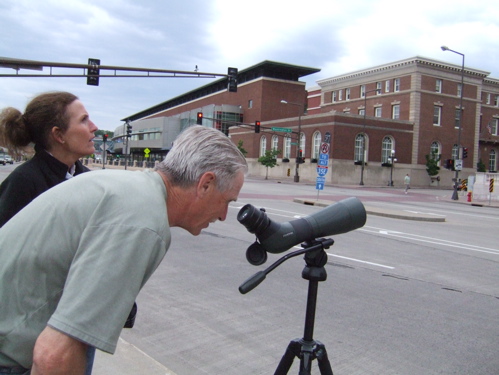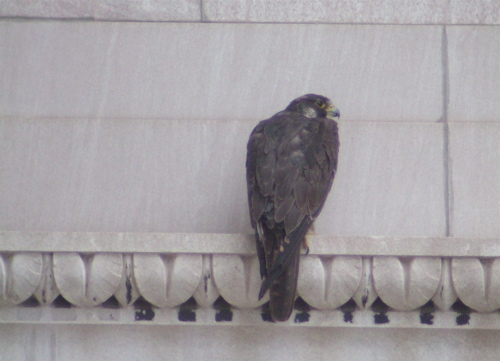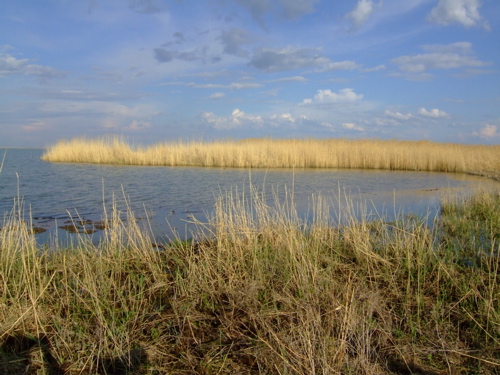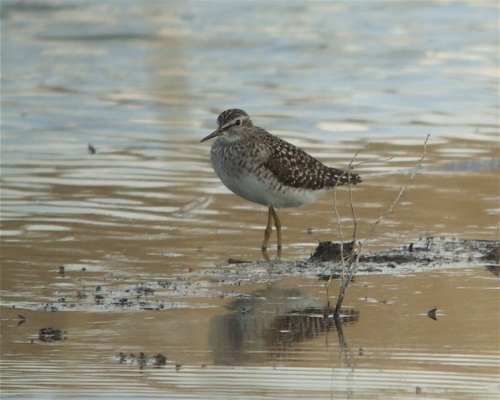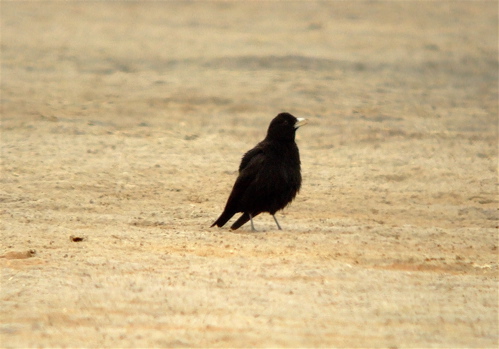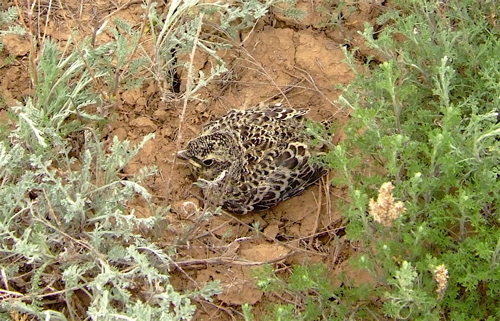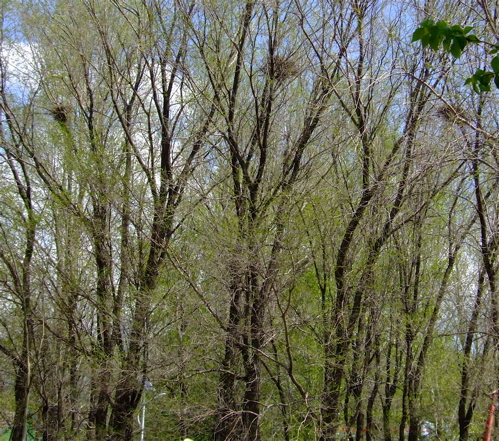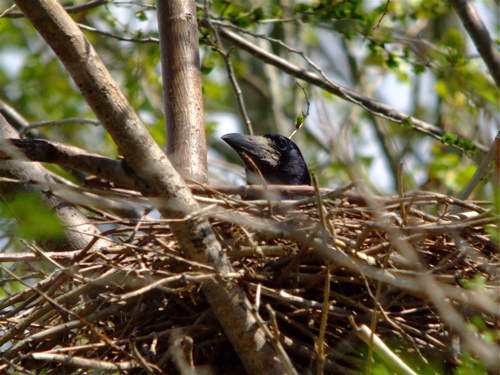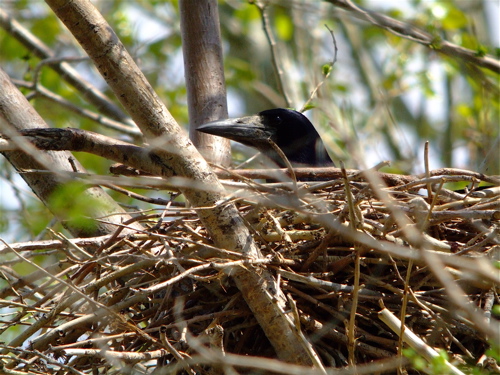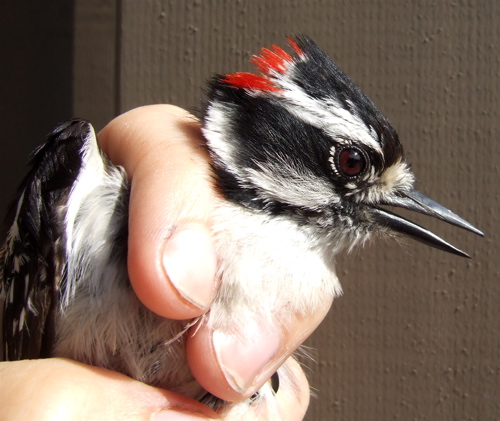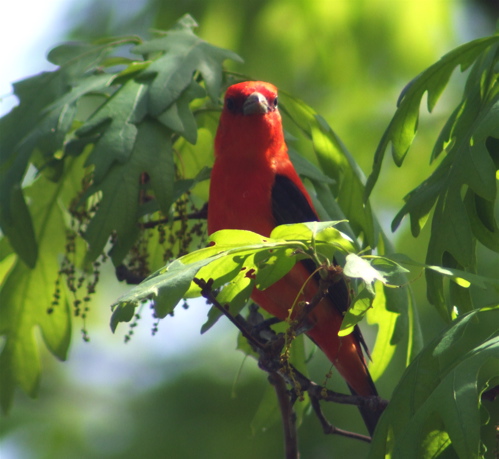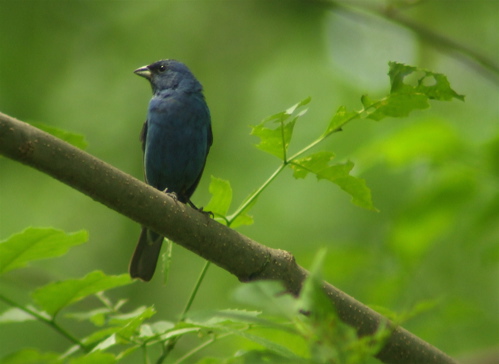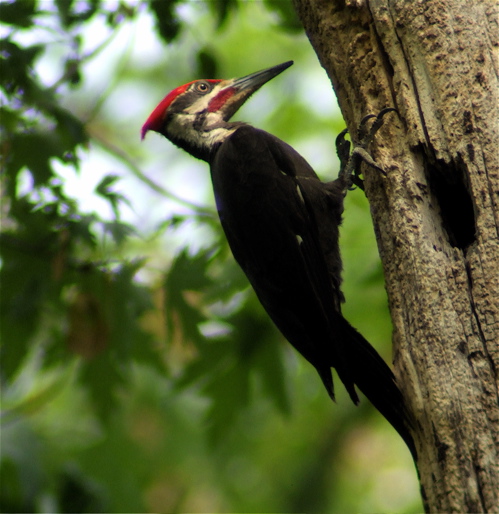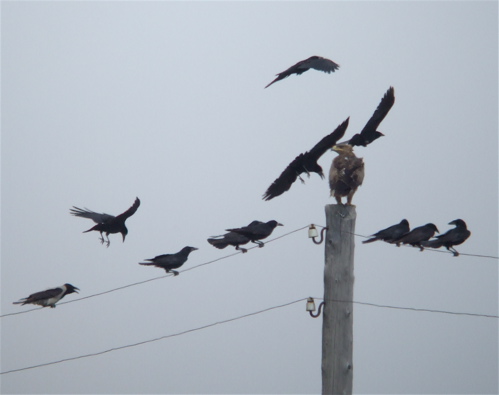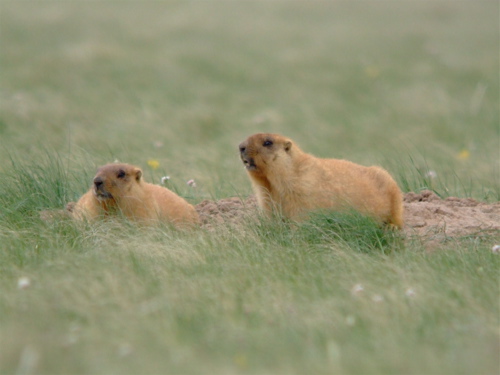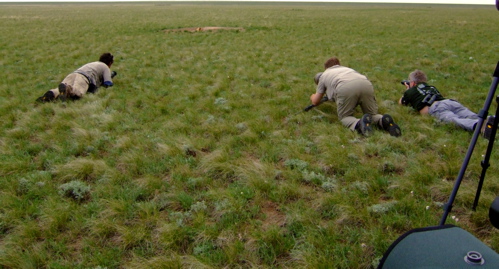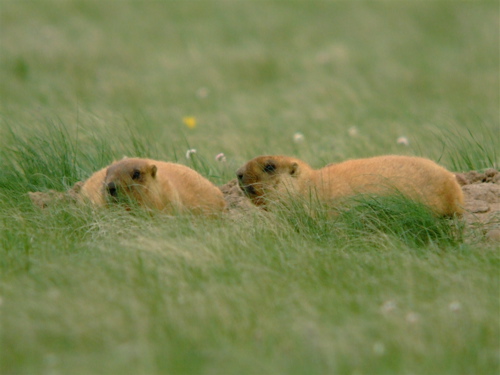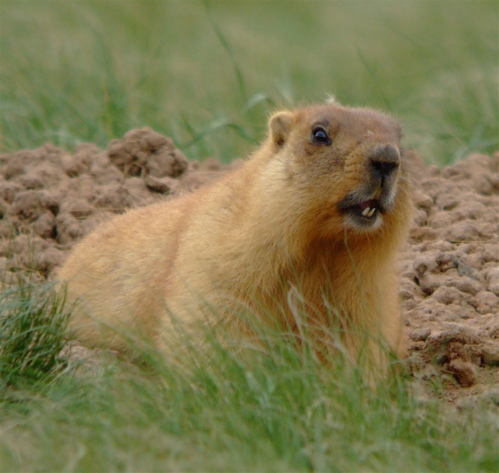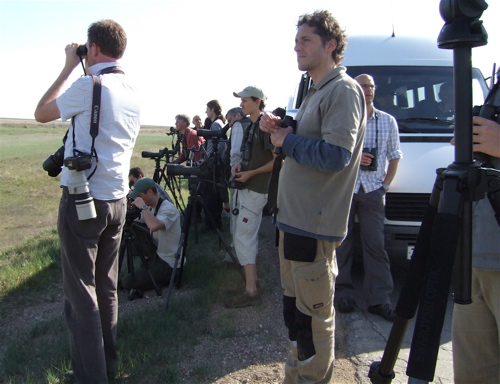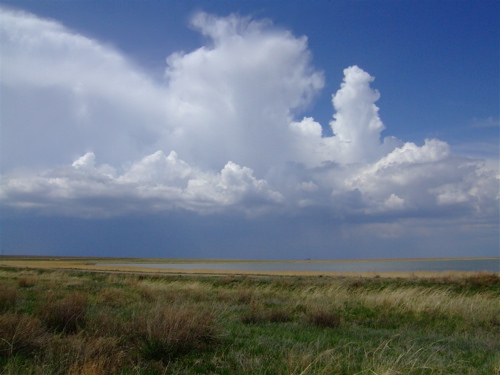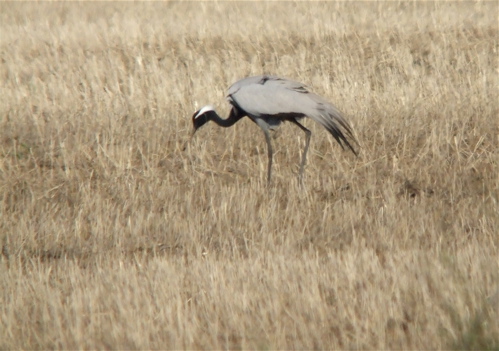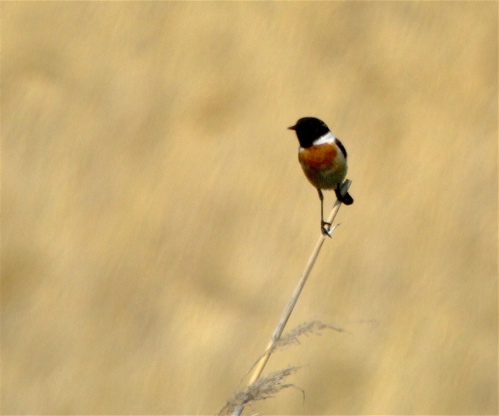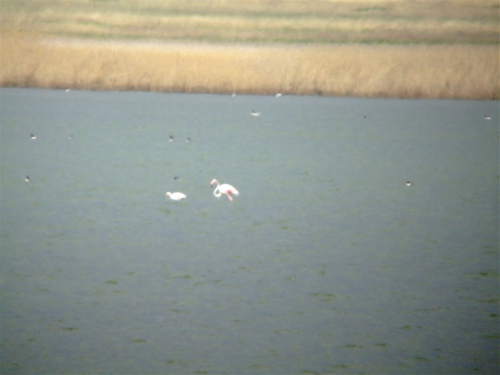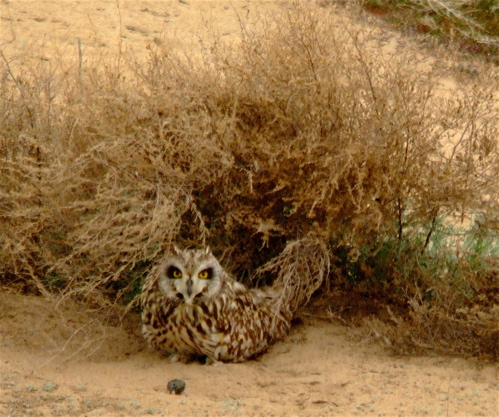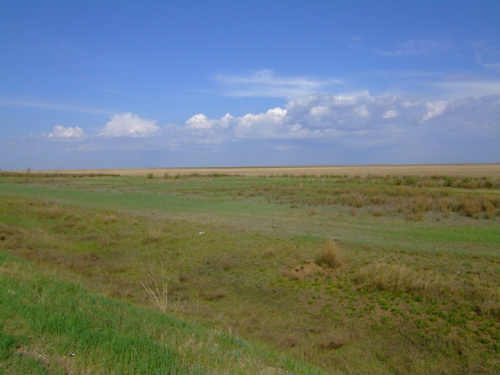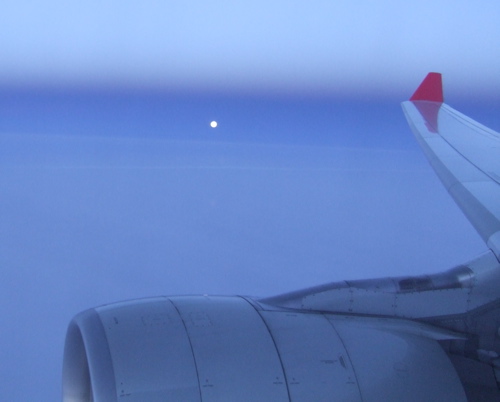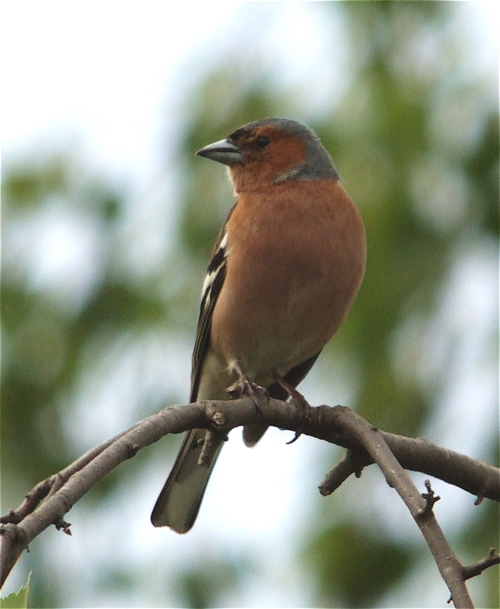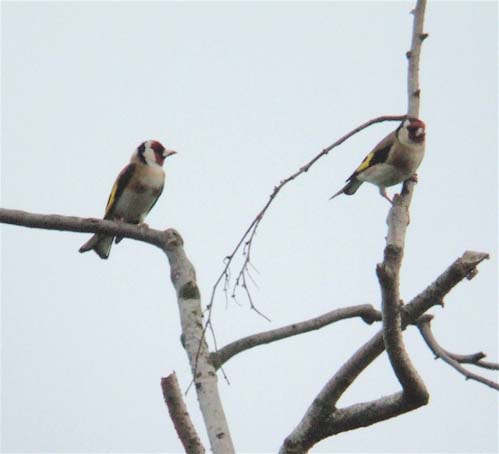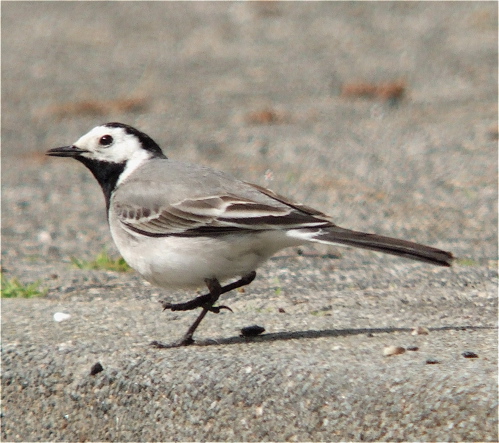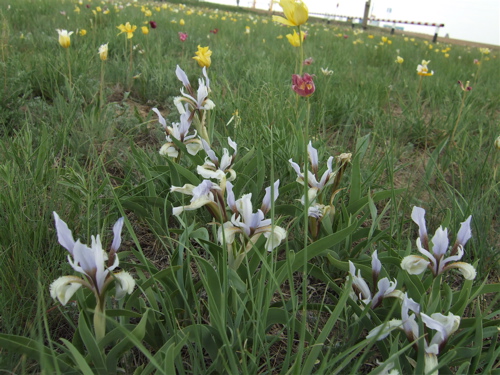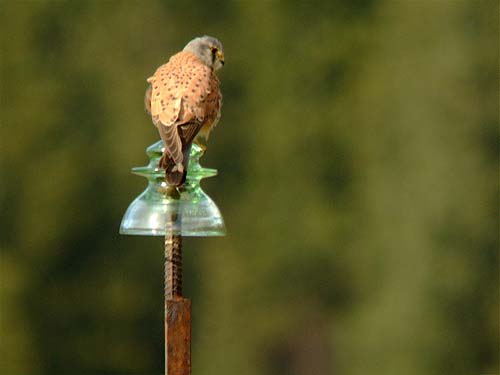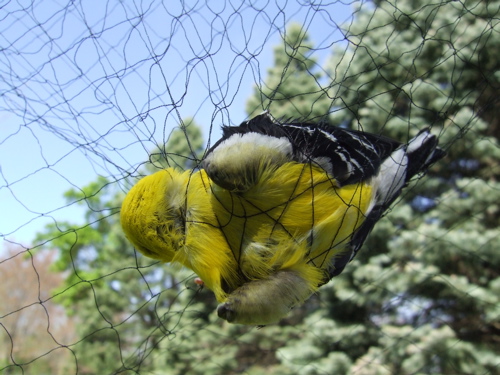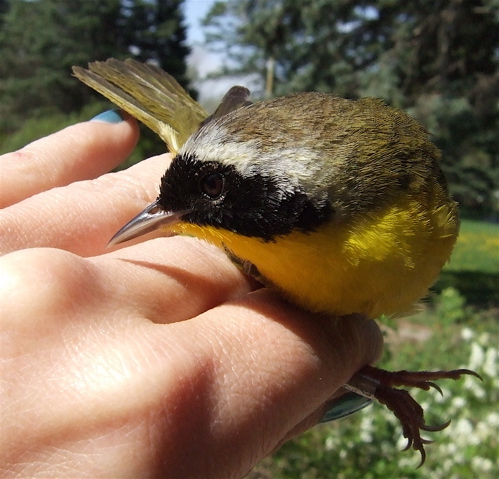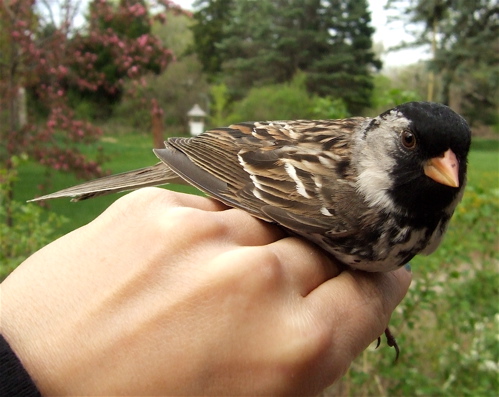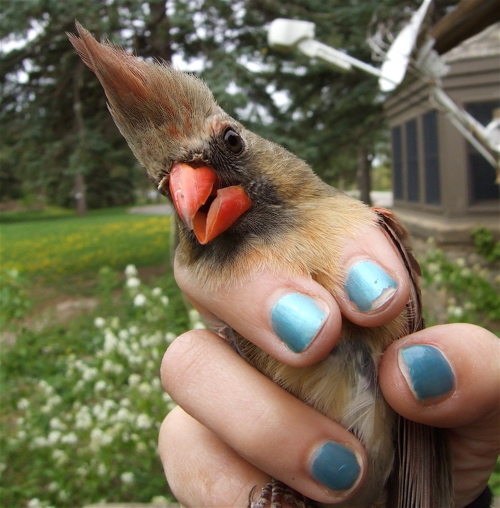I work part time as a ranger for the National Park Service at the Mississippi River Visitor Center. The visitor center is located in the lobby of the Science Museum in downtown St. Paul, but it's right on the Mississippi River. Yesterday, I was working the closing shift and things were rather quiet. I was working on some promotion for the upcoming Minnesota Bioblitz (which is going to be loads of fun, if you are in the Twin Cities, you should try to come for part of it--bird banding, river boat rides, electro fishing, reptile finding--something for everyone!). I noticed that it was getting cloudy, I turned to face the window to see what the weather was doing and as soon as I did, a peregrine flew low right along Kellogg over the library. I watched it corner and waited or it to pop up over the building. It never popped. I knew it must have landed and would be perched fairly low. Since I had been out birding before I came into work, I just happened to have my scope and camera with me and made the decision to interpret the falcon on the streets.
That dark spot in the middle of the red circle is the peregrine. It was very visible to the naked eye.
A woman with a badge and big scope is quite the attention getter and many people came over to see what I was watching, which I happily shared with them through the scope. A cab driver even made one heck of a U-turn to pull over to see what the bird was. With the Mississippi River right behind us, it was easy to talk about why the bird was here.
Looking through they scope, you could see the bird was in immature plumage. I think she was hatched last year and probably was perched low (for a peregrine) because the resident pair would be nesting and don't take kindly to other peregrines sharing their hunting territory. She preened and relaxed or awhile and ended up staying after dark. She was still there when I closed for the night.
When people weren't on the sidewalks, I would go back into the Science Museum and wait for families who looked like they were leaving and say, "Psst, hey kids, want to see a wild peregrine falcon?" No one said no. My favorite group of kids wouldn't leave. Their mom kept saying, "C'mon kids, it's time to go eat." However, the kids would take turns and say, "Hey, mom, just one more look, one more look."
Unlike the programs at The Raptor Center where most kids already know so much about birds they could practically give the program for you, the people just randomly walking by knew very little about peregrines or birds in general and it was fun to just say, "Hey, check it out, that's the fastest bird on the planet right there." And they seemed genuinely surprised. I even helped a few people take photos with their iPhones.
I took a quick video of the bird...it's also kind of a fun way to demonstrate digiscoping. And, I know I call the bird a "guy" in the video, but based on size, this has to be a female:
[youtube]http://www.youtube.com/watch?v=BX8pxHU_rJU&feature=channel_page[/youtube]


